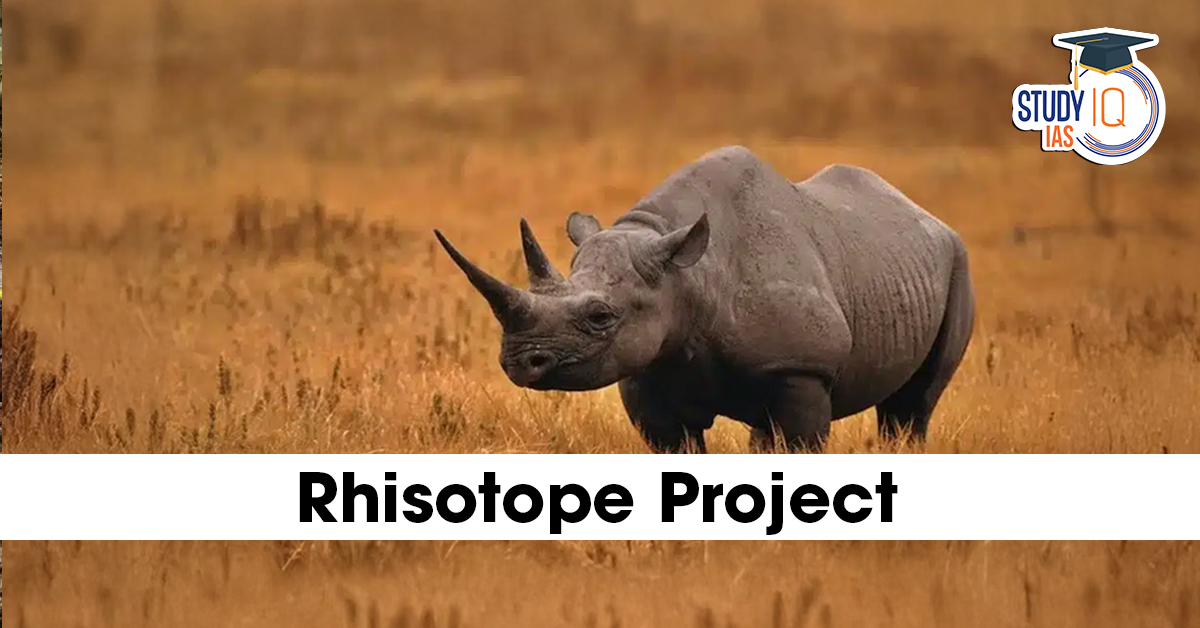News? A South African university launched an anti-poaching campaign involving the injection of radioactive isotopes into rhino horns, known as the Rhisotope Project.
Rhisotope Project
Rhisotope Project was launched by the University of the Witwatersrand in South Africa, with support from the International Atomic Energy Agency (IAEA).
Objective
To deter poaching by making rhino horns:
- Traceable using radiation detectors at borders and ports
- Unusable and poisonous for human use (in traditional medicine)
- Less attractive to traffickers
How It Works
- Radioactive isotopes are injected non-invasively into rhino horns.
- The isotopes are harmless to rhinos, as proven through years of safety testing.
- These tagged horns can be easily detected using Radiation Portal Monitors (RPMs) already installed at airports, seaports, and borders worldwide.
- 3D-printed horn replicas were used during testing to simulate real-world shipping concealment.
Why It Matters
- Rhino numbers have plummeted from 500,000 in 1900 to just 27,000 today.
- Over 10,000 rhinos have been killed in South Africa alone in the last decade.
- Traditional methods, such as dehorning, reduce poaching but harm rhino behaviour and social interaction.
- The Rhisotope Project offers a less disruptive, scientifically sound alternative.


 Bonnet Macaques: Habitat, Features, Beha...
Bonnet Macaques: Habitat, Features, Beha...
 Periyar Tiger Reserve, Map, Flora, Fauna...
Periyar Tiger Reserve, Map, Flora, Fauna...
 Project Cheetah in India, Objectives, Ch...
Project Cheetah in India, Objectives, Ch...

























